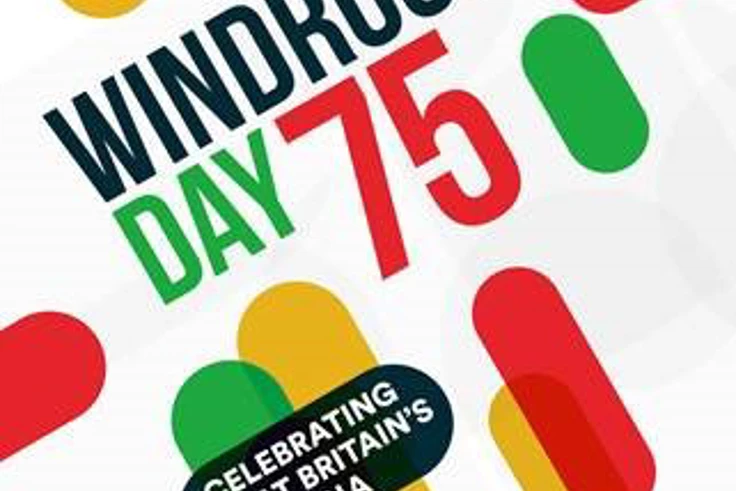Celebrating the 75th anniversary of Windrush Day
Date added: 22 June 2023
We are #KMPTProud to come together to celebrate the richness and diversity of our communities as well as the positive difference that so many of the Windrush generation and their descendants made to our NHS.
It is 75 years since the HMT Empire Windrush docked in Tilbury, Essex, on 22 June 1948, carrying passengers from the Caribbean to fill labour shortages in the UK.
Its 492 passengers, and others who arrived to the UK from Caribbean countries between 1948 and 1971, became known as the Windrush generation. Many had served in the British armed forces in World War Two.
People from across the then British Empire were encouraged to move to the UK to help with post-war labour shortages and rebuild its battered economy.
Many of those who came became manual workers, drivers, cleaners, and nurses in the newly-established NHS.
In 2018 it emerged that the government had not properly recorded the details of people who had been granted permission to stay in the UK, and many were wrongly deported.
Commemoration events have been held every year on 22 June since 2018 and the 75th anniversary is being marked with a series of concerts, exhibitions and seminars across the country.
Ten facts about the Windrush
- On 22 June 1948 the HMT Empire Windrush disembarked its passengers at the Port of Tilbury in Essex. It has since come to symbolise the post-war migration to Britain from the Commonwealth that has shaped today’s multi-ethnic society. This year marks the 75th anniversary of this historic moment.
- Out of the 1,027 listed official passengers on board the HMT Empire Windrush, just over 800 gave their last country of residence as somewhere in the Caribbean.
- On 15th April 1948, a small advertisement was placed in a newspaper announcing an opportunity to sail from Jamaica to the UK on the HMT Empire Windrush. The price of a ticket was £28 and 10 shillings.
- Roughly one third of the Empire Windrush’s passengers were RAF airmen returning from leave or veterans re-joining the Service.
- The ship itself was originally German and was named the Monte Rosa. Before the Second World War it had been a German cruise ship but it was then requisitioned by the Nazis and used to transport troops during the invasion of Norway and for the deportation of Norwegian Jews. In 1945 it was captured by the British as a prize of war and renamed the Windrush.
- Prior to the docking of HMT Empire Windrush, two other ships from the Caribbean docked in England. The Ormonde docked in Liverpool on 31 March 1947 carrying 241 passengers. The passenger list reveals a wide range of skills and professions among the passengers, which included carpenters, engineers, plumbers and more. Later that year, on 21 December 1947, the Almanzora docked in Southampton carrying 200 passengers.
- Many of the Windrush Generation faced discrimination in housing and employment, the latter exemplified in Bristol by the refusal of the Bristol Omnibus Company to employ black or Asian bus crews. The Bristol Bus Boycott, which fought to have this discriminatory policy scrapped, achieved success on the same day that Martin Luther King made his famous “I Have a Dream” speech at the March on Washington.
- People were recruited directly from the Caribbean to work in a variety of London Transport roles. The government of Barbados lent recruits the travel fare to Britain, which was then paid back over a two-year period. Similar schemes were organised by British Rail and the National Health Service.
- On board the Empire Windrush was Sam King, an RAF engineer during the war, who later became Sam King MBE. In 1964, he started a Caribbean street festival that grew into Notting Hill Carnival. He later became the first Black mayor of Southwark in 1983.
- On 30 March 1954, HMT Empire Windrush sank off the coast of Algeria, after a fire on the ship. The wreckage now sits 2,800 metres down at the bottom of the Mediterranean Sea, 23 nautical miles off the coast of Algeria. There is currently a campaign to recover one of the ship’s anchors from the seabed, as a memorial to the Windrush Generation.




